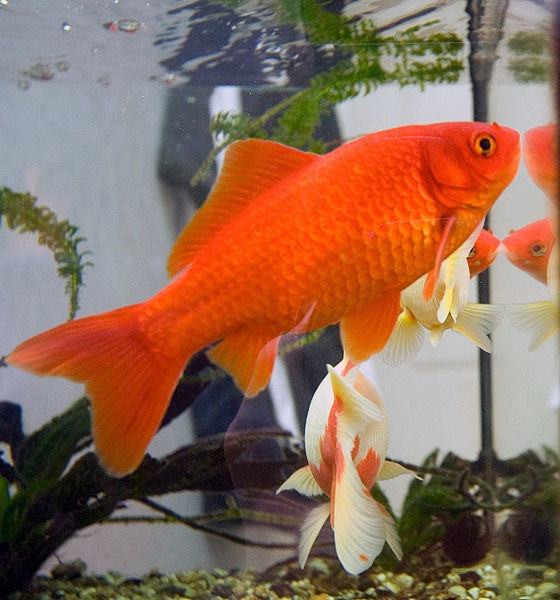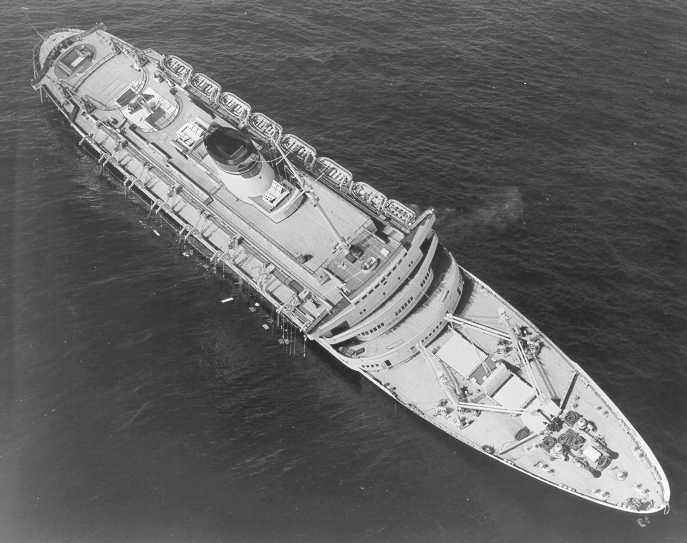Many freshwater aquarists use or at least have heard of using salt in their freshwater aquariums, but few seem to know why. Most “read about it somewhere”, “heard it from someone”, or “saw it on the shelf so I must need it”. To some, it may be beneficial but to others it can cause far more harm than good.
What exactly is Aquarium Salt?
 “Salt” is a very broad chemical term and can refer to an unlimited combination of elements. The salt used in freshwater aquariums is Sodium chloride (NaCl). This is NOT the same thing as what is probably in your kitchen and is NOT the same thing that saltwater aquarists use for their corals and clownfish. The “table salt” used as a condiment is mostly NaCl, true, but most table salt is Iodized Table Salt and contains iodine, de-caking agents, and possibly potassium or other trace elements. The marine salt used in saltwater aquariums is mostly NaCl, also true, but has buffers and other elements like sulfate, magnesium, calcium, potassium and others. All of these extra ingredients can range from unnecessary for to harmful to freshwater aquariums, affecting the biology of freshwater plants and animals directly as well as changing the water chemistry in the tank. For freshwater aquariums, use only salt sold as freshwater Aquarium Salt or pure NaCl like Kosher Salt or Rock Salt. Read More »
“Salt” is a very broad chemical term and can refer to an unlimited combination of elements. The salt used in freshwater aquariums is Sodium chloride (NaCl). This is NOT the same thing as what is probably in your kitchen and is NOT the same thing that saltwater aquarists use for their corals and clownfish. The “table salt” used as a condiment is mostly NaCl, true, but most table salt is Iodized Table Salt and contains iodine, de-caking agents, and possibly potassium or other trace elements. The marine salt used in saltwater aquariums is mostly NaCl, also true, but has buffers and other elements like sulfate, magnesium, calcium, potassium and others. All of these extra ingredients can range from unnecessary for to harmful to freshwater aquariums, affecting the biology of freshwater plants and animals directly as well as changing the water chemistry in the tank. For freshwater aquariums, use only salt sold as freshwater Aquarium Salt or pure NaCl like Kosher Salt or Rock Salt. Read More »
 That Fish Blog – Aquarium Advice and Information
That Fish Blog – Aquarium Advice and Information


